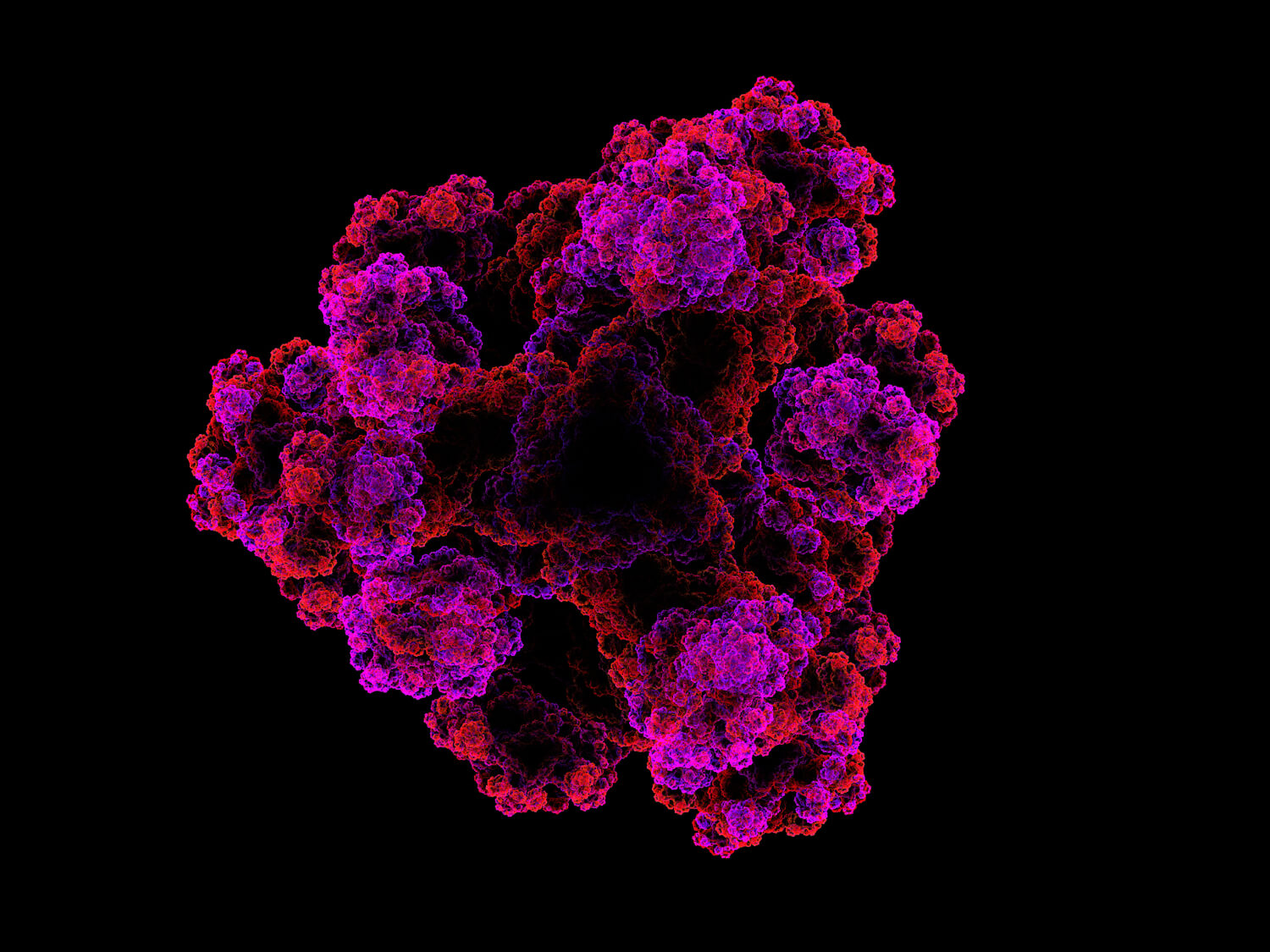Cancer often begins in one part of the body but spreads elsewhere via the bloodstream or lymphatic system. This spreading, called metastasis, makes the disease deadly and difficult to halt—even using chemotherapy drugs with serious side effects.
However, in a preclinical study in mice, a Stanford team may have discovered another way to slow or even stop tumors from metastasizing.
Cancer spreads when certain proteins link up on cells, causing them to break off from the tumor. The Stanford study focused on two such proteins. One protein (Axl) forms bristle-like receptors on the cell’s surface tailored to fit the other protein (Gas6).
When two Gas6 proteins interact with two Axl proteins, the cancer cells are able to drift away from the original tumor and form new tumors in other areas.
To prevent this interaction, the scientists engineered a decoy Axl protein that is as much as a hundred times as effective at binding with Gas6 as the naturally occuring version. When deployed in the blood, the decoy proteins can bind Gas6 proteins before they have a chance to interact with the Axl proteins on the cancer cells.
In a recent paper published in Nature, lead authors Jennifer Cochran, a Stanford associate professor of bioengineering, and Amato Giaccia, professor of radiation oncology, say the decoy protein significantly slowed metastasis in their study.
After testing the decoy protein in mice with breast cancer and ovarian cancer, the scientists found a 78% reduction in metastatic nodules in the breast cancer group and a 90% decrease in metastatic nodules in the ovarian cancer group.
And unlike current cancer drugs, the researchers say the decoy protein is nontoxic.
How the scientists engineered the protein is almost as fascinating as the results themselves. The team mimicked evolution—only at a vastly accelerated pace. Using advanced analytics software and lab equipment the team built and evaluated over ten million minor variants of the Axl protein to find the one that best fit Gas6.
The researchers hope their work may extend beyond Axl proteins. There are other receptors, Mer and Tyro3, that bind with Gas6 and are associated with metastasis—the decoys could further render both harmless as bound Gas6 wouldn’t interact with them.
There is, of course, a long way to go before a therapy based on the group’s findings might make its way into the mainstream. They’ll have to scale production of the protein, complete more animal tests, and eventually, do human trials.
In the meantime, however, it offers a ray of hope for a much more humane cancer treatment in the future and a fascinating glimpse into the promise of bioengineering.
Image Credit: Protein-like fractal design courtesy of Shutterstock



